A friend from my brother was going for a skydive, at Teuge airport!
My brother and I were lucky, there was space for 2 extra persons in the aircraft, so we made a very nice flight!
The plane we were flying with: PH-JMP Cessna Caravan:
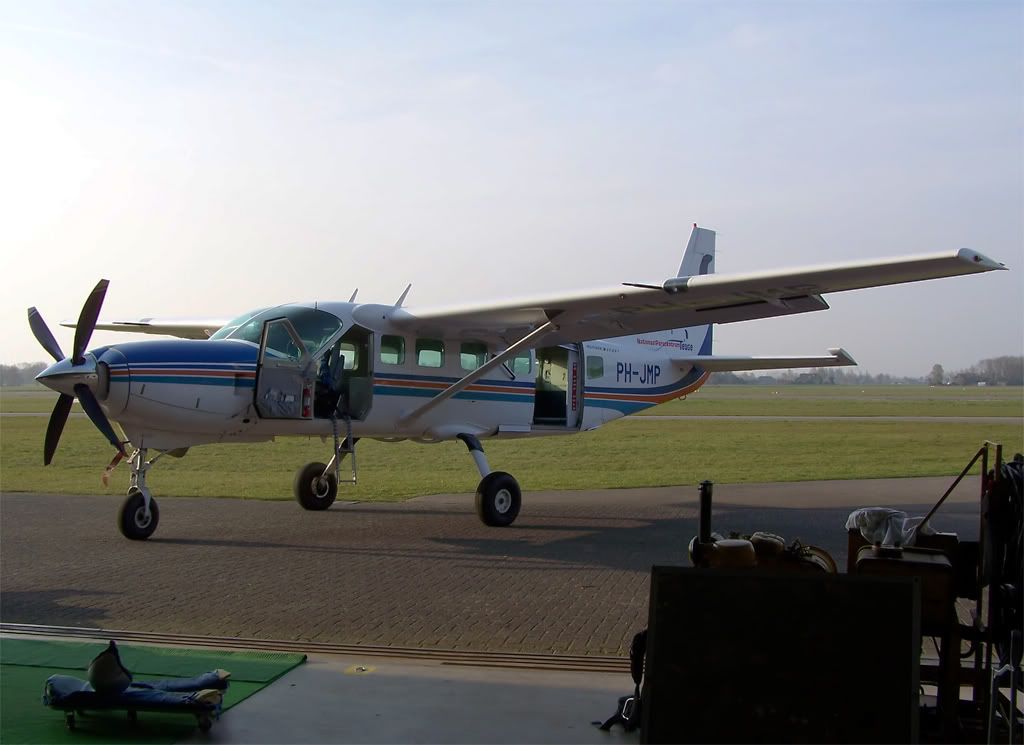
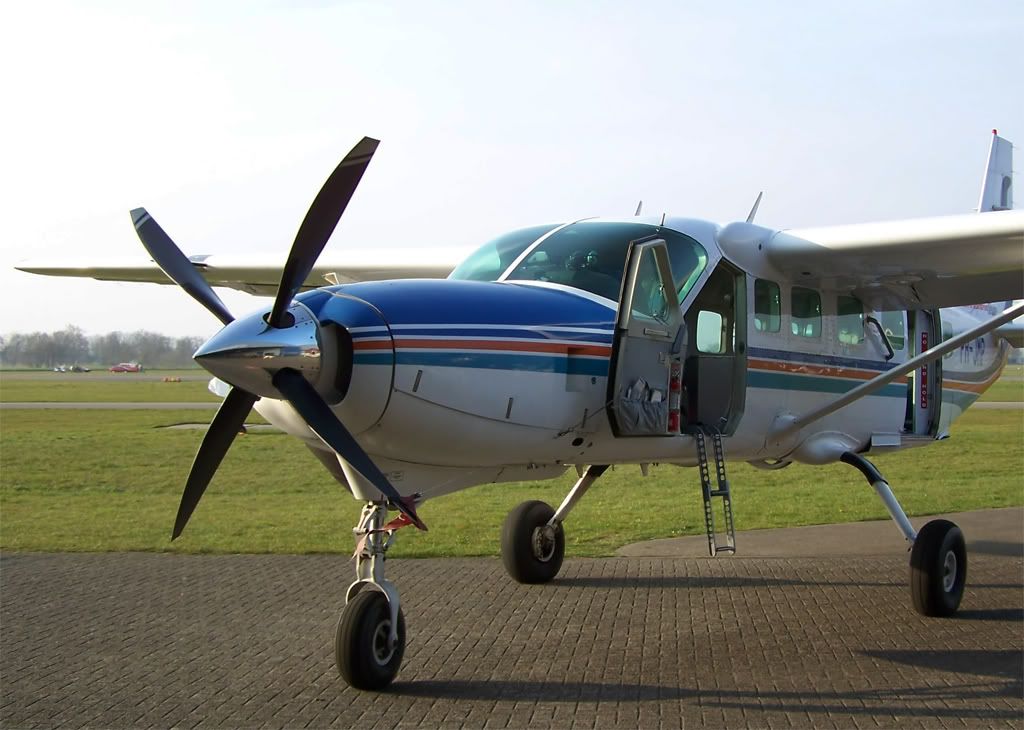
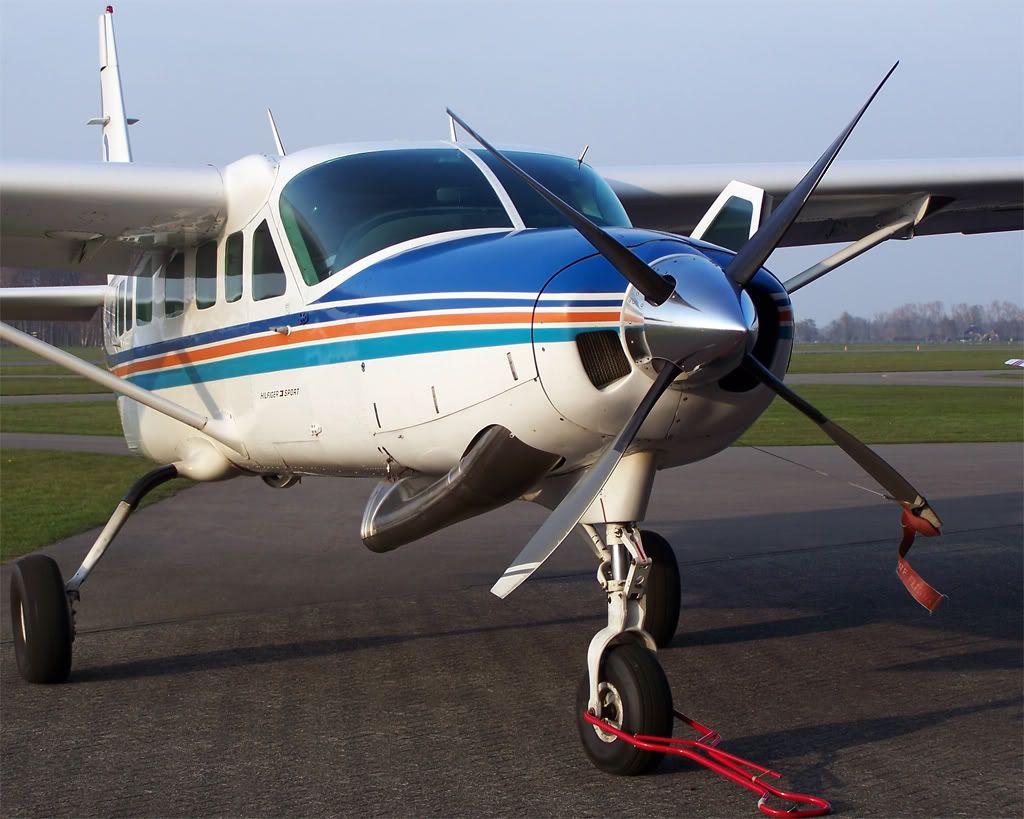
Inside:

Very nice view at around 9000 feet:
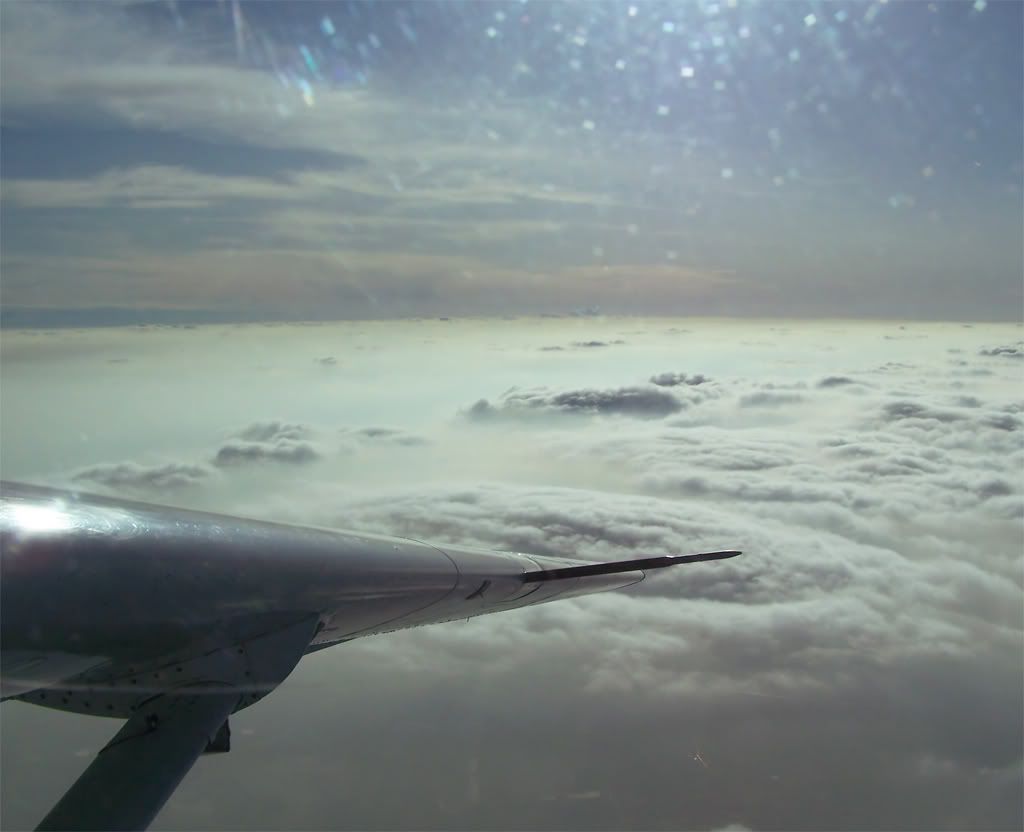
After everybody was outside, we made a freefall with the plane, for around 10 seconds
The altitude was 12000 feet, and after less than 5 minutes we were making our touch down!
During a steep turn (look the horizon on the cockpit) Sorry for the moving picture, but there were a lot off G-forces
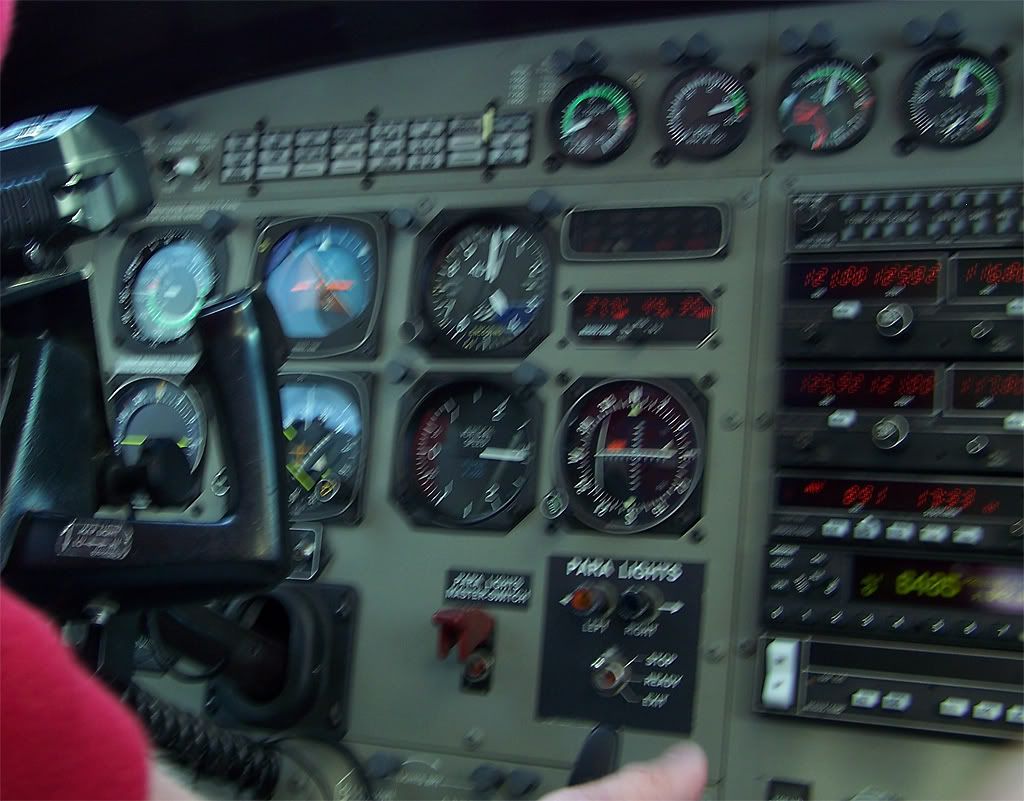
Another Skydive Caravan, with a departing Cessna in the background:
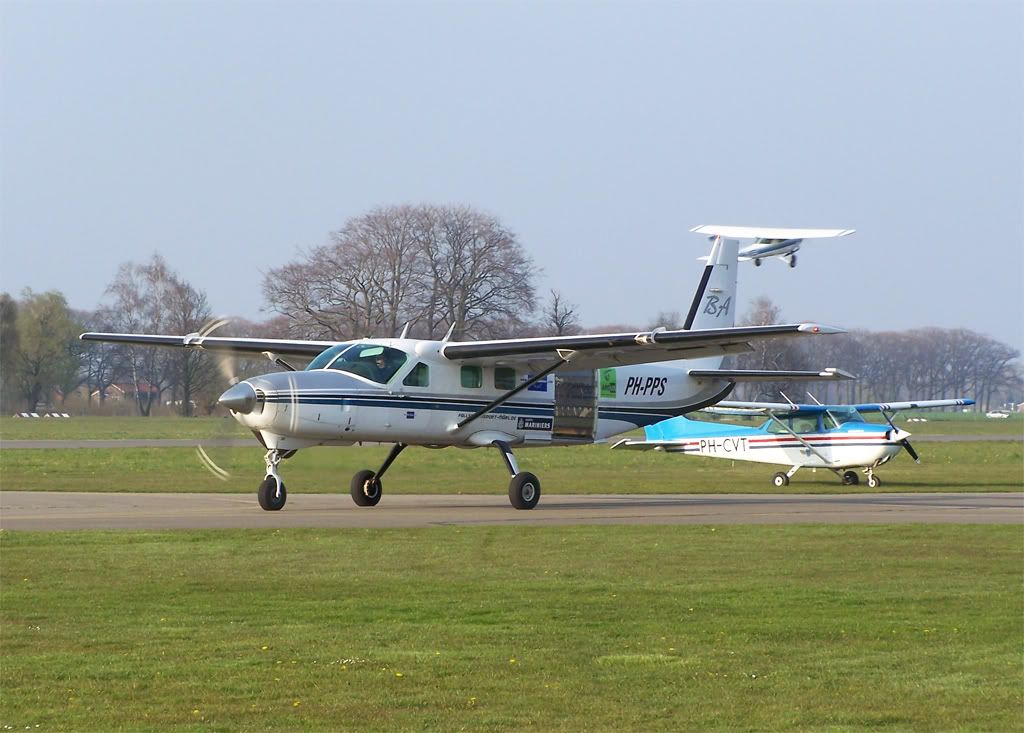
Enjoy the pics,
But the pics aren’t that cool than the experience to lose your weight in a flying aircraft!
Greetz,
Jerrie







